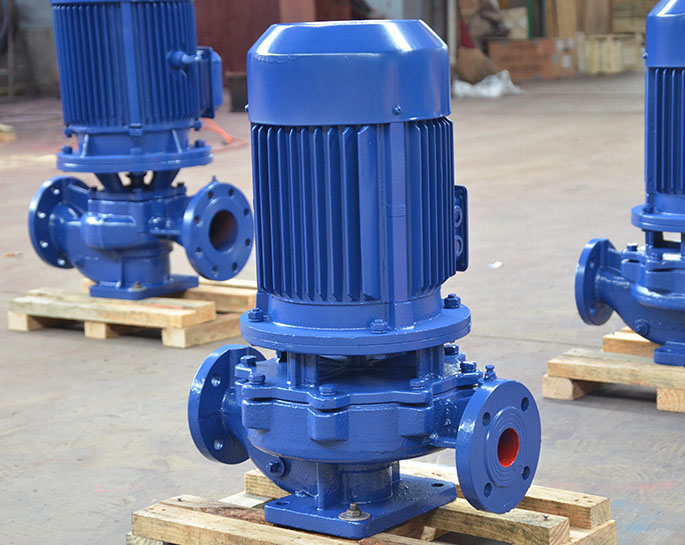Design Principles of Centrifugal Pumps
Designing a centrifugal pump requires careful consideration of various engineering principles to ensure its optimal performance and efficiency. Below are some essential design principles for centrifugal pumps:
-
Impeller Design: The impeller is the key component of a centrifugal pump responsible for generating the flow and pressure. Its design involves determining the number of blades, the blade shape, and the impeller diameter. The choice of impeller design affects the pump's efficiency, head, and flow characteristics.
-
Pump Casing: The pump casing is the outer enclosure that houses the impeller and directs the flow. Its design should promote smooth flow and minimize losses due to friction and turbulence. Casing geometry plays a significant role in optimizing pump efficiency.
-
Suction and Discharge Nozzles: Proper design of suction and discharge nozzles is critical to ensure smooth flow transitions, minimize recirculation, and avoid cavitation. These nozzles need to be sized appropriately to match the pump's flow rate and pressure requirements.
-
Shaft and Bearings: The pump shaft must be strong enough to withstand the rotational forces imparted by the impeller. Adequate support and lubrication of bearings are essential to reduce friction losses and ensure smooth rotation.
-
Sealing Mechanism: Centrifugal pumps need a sealing mechanism where the rotating shaft enters the pump casing. The design of this seal should prevent leakage and minimize wear between the rotating and stationary parts.
-
Efficiency and NPSH: Efficiency is a critical aspect of pump design. The pump should be optimized to operate at the best efficiency point (BEP). Moreover, Net Positive Suction Head (NPSH) is a crucial parameter to prevent cavitation, and the pump design should ensure that the NPSH requirements are met.
-
Materials Selection: The choice of materials for various pump components is essential to ensure compatibility with the pumped fluid, prevent corrosion, and extend the pump's lifespan.
-
Hydraulic Balancing: To reduce thrust loads and increase the pump's operational life, hydraulic balancing mechanisms can be incorporated in the design, such as balancing holes or back-to-back impellers.
-
Vibration and Noise: Design considerations should include minimizing vibration and noise levels to improve the pump's reliability and reduce the risk of mechanical failures.
-
Test and Validation: Prototypes of centrifugal pumps should be thoroughly tested under various conditions to validate their performance and efficiency. This process allows for adjustments and refinements to the design before final production.
Each of these principles plays a vital role in the performance, reliability, and longevity of a centrifugal pump. An integrated approach that considers all these factors is crucial for successful pump design and operation.


.png)
.png)

.png)


